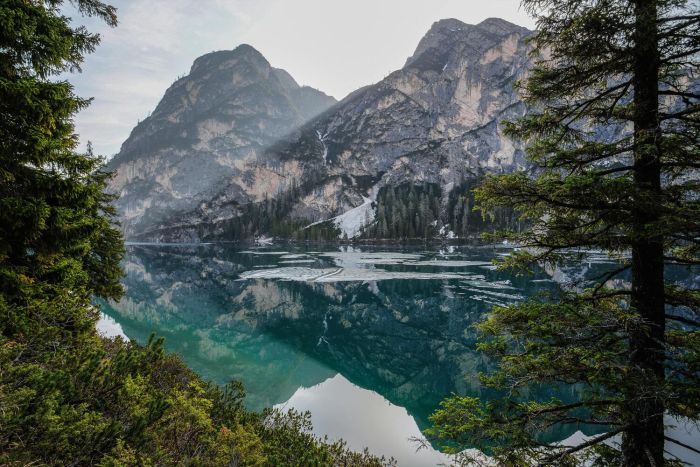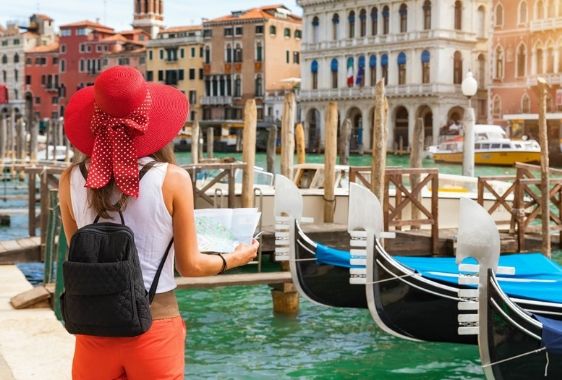Augusto, Caesar's young nephew inherited this heavy legacy, after 17 years of civil war he was able to re-establish peace within the empire. He re-introduced the republic which in reality had absolute power. During his 41 year reign (27 BC - 14 AD), Augusto created the foundations for a government for the whole of the empire. This was the start of the era of the Roman empire and today his government is seen as the beginning of the golden age of the history of Rome.
Augusto conquered the people of the Alps, secured the frontiers, established peace between the provinces and sanctioned necessary administrative reform. Large- scale construction projects within the empires territory, which divided Rome into 14 departments and launched ample political construction that brought new beauty to the city and served to glorify the new prince and his family.
Also the introduction of a programme of religious reform to re-establish antique cults and the restoration of temples. Under Augusto's government saw the blooming of the arts, literature and sciences. The birth of a new symbolic language that drowns it's origins in classical Greek arts and distances away from Hellenic influence.
After his death, Augustus was deified by the senate which resulted in the cult of imperialism which united Italy and it's provinces with the empire. With loyalty to the dynasty in order to guarantee peace within the empire. During the following two centuries, Augusto's successors continued this expansion and strengthening of the empire that already contained vast parts of Europe, North Africa, and Asia. Rome became the ‘caput mundi'. Trade and the taxes that arrive from all provinces bring with them great wealth, very much welcomed from the emperors.
Most of the antique construction still visible today emerges from the first two centuries, the era of grand urban projects. Namely: Nero's Domus Aurea, the coliseum and the imperial palace constructed by Flavi on the palatine, the forum and it's markets by Traiano , Adriano's pantheon, Villa Adriana in Tivoli, Settimio Severo's arch in the forum, and the great spa by Caracalla and Diocleziano.
Another great enterprise was that of the construction of the city walls, 18 km long to protect the city that has already exceeded it's antique confines, making it necessary for a more secure fortress, known as the Aureliane from the name of their constructer half way through the 3rd Century AD.
The period of splendour of the empire is something of the past. The 3rd century is characterised by economic crisis, uproar, and military defeats of every type. Emperor Diocleziano (284-337) tried to tackle these problems with a programme of renewal of the imperial institutions and decentralization of the administration.
The division of power put into action by Diocleziano (tetrarchia) only lasted a few years. In 312 Costantino (324-337) defeated Massenzio in the battle of Milvio bridge and instilled himself as absolute ruler. In 330 he transferred his residence from Rome to Constantinople leading to the beginning of the decline of universal antique empire.







